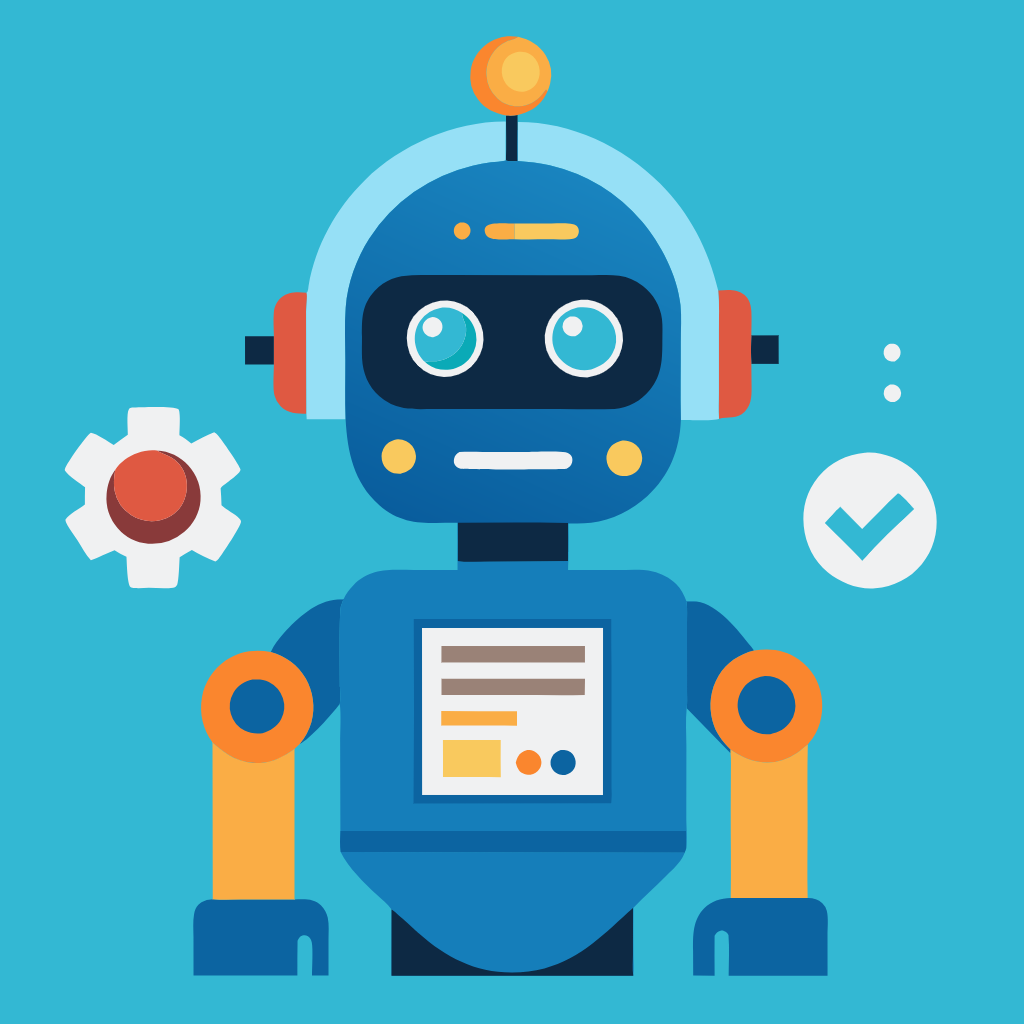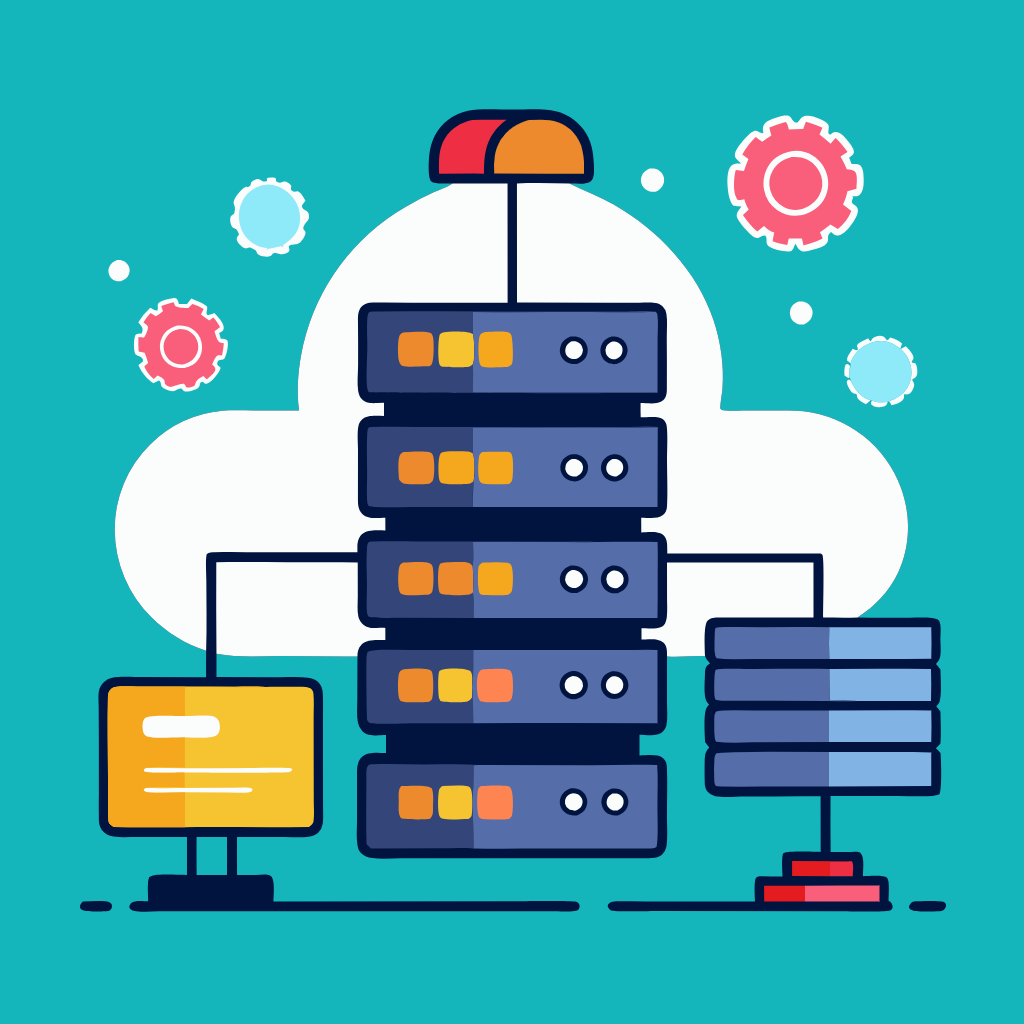- Look at the big picture: This is where you figure out what problem you want to solve, what goals you want to achieve, how you will measure your success, and what things you need to check. For example, if you want to build a system that guesses the price of a house based on its features, you need to decide what features are important, what price range you care about, how you will check if your guesses are good, and what things might affect the price of a house.
- Get the data: This is where you get the data that you need to train and test your machine learning system. You need to find where the data comes from, such as databases, websites, surveys, etc. You also need to check if the data is good enough, and if it has the right format and quality. For example, if you want to use the Auto MPG dataset from the UCI Machine Learning Repository, you need to download the data, look at its structure, and make sure it is not corrupted.
- Discover and visualize the data to gain insights: This is where you play with the data that you have, and try to understand what it tells you. You can use different methods, such as numbers, charts, graphs, etc. to show and summarize the data. You can also use methods such as feature engineering, dimensionality reduction, and clustering to change and group the data. For example, if you want to explore the Auto MPG dataset, you can show the range of the target variable (miles per gallon), the relationship between the features and the target, and the groups of similar cars based on their features.
- Prepare the data for Machine Learning algorithms: This is where you clean and organize the data that you have explored, and make it ready for machine learning systems. You need to do things such as cleaning, encoding, scaling, splitting, and shuffling the data. You also need to deal with missing values, weird values, and text features. You can use tools such as pandas, numpy, and scikit-learn to do these things. For example, if you want to prepare the Auto MPG dataset, you need to fill in the missing values for the horsepower feature, change the origin feature into a one-hot vector, scale the numerical features to a standard range, and split the data into training and testing sets.
- Select a model and train it: This is where you pick a machine learning method that is good for your problem, and train it on the prepared data. You need to think about things such as the type of problem (regression, classification, etc.), the complexity of the data, the simplicity of the method, and the computer power available. You can use tools such as scikit-learn, tensorflow, and pytorch to make and train different machine learning methods. For example, if you want to train a method for the Auto MPG dataset, you can use a linear regression method, a decision tree method, or a neural network method, and compare how they do on the training and testing sets.
- Fine-tune your model: This is where you tweak the settings and options of your method, and make it do better on the data. You need to use methods such as cross-validation, grid search, random search, and Bayesian optimization to find the best combination of values for your method. You also need to use methods such as regularization, dropout, and early stopping to prevent overfitting and underfitting. You can use tools such as scikit-learn, keras, and optuna to do these methods. For example, if you want to fine-tune your method for the Auto MPG dataset, you can use cross-validation to test different values of the learning rate, the number of layers, and the number of neurons for your neural network method, and pick the best one based on the mean squared error metric.
- Present your solution: This is where you tell the results and insights that you have got from your method, and explain how it solves the problem that you have defined. You need to use methods such as visualization, storytelling, and reporting to tell your solution in a clear, short, and convincing way. You also need to use methods such as error analysis, feature importance, and method explainability to support your solution and address any issues or challenges. You can use tools such as matplotlib, seaborn, plotly, and shap to make and show different charts and graphs. For example, if you want to tell your solution for the Auto MPG dataset, you can show the real vs guessed values of the miles per gallon, the range of the guessing errors, and the importance of each feature for your neural network method.
- Launch, monitor, and maintain your system: This is where you put your method into a real environment, where it can be used by people or other systems. You need to use methods such as packaging, testing, logging, and debugging to make sure that your method works well and fast. You also need to use methods such as monitoring, updating, and retraining to make sure that your method stays good and reliable. You can use tools such as flask, docker, kubernetes, and airflow to build and manage your deployment pipeline. For example, if you want to launch, monitor, and maintain your system for the Auto MPG dataset, you can use flask to make a web app that lets people enter the features of a car and get the guessed miles per gallon, docker to pack your app and method into a container, kubernetes to deploy and scale your container on a cloud platform, and airflow to schedule and automate the retraining of your method with new data.
I hope this summary and these examples help you understand the machine learning project workflow. If you want to learn more, stay tuned. Have a nice day! 😊
Discover more from Susiloharjo
Subscribe to get the latest posts sent to your email.





